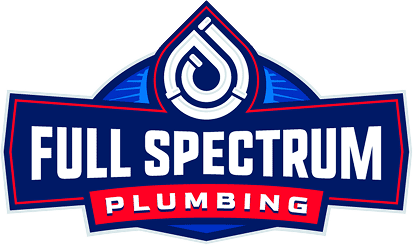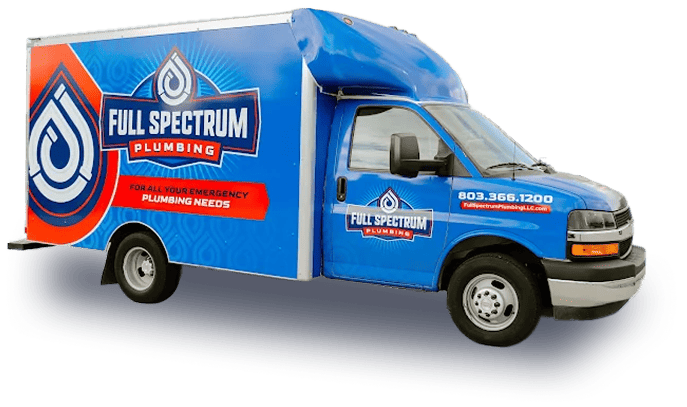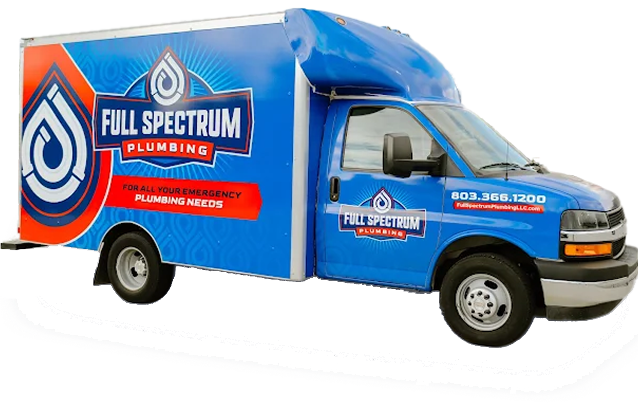Proudly Serving Rock Hill and Surrounding Areas
The Benefits of Pipe Relining vs Replacement

The Benefits of Pipe Relining vs Replacement
[/fusion_title][fusion_text]When it comes to fixing your damaged pipes, there are two main options to choose from: pipe relining and replacement. Both of these methods aim to restore the functionality of your plumbing system, but they have significant differences in terms of cost, time, and effectiveness.
At Full Spectrum Plumbing Services, we’ve been delving into this often unseen, unnoticed area, ensuring the efficient running of water systems in homes, buildings, and across cities.
In our years of dedicated service, we’ve discovered that when it comes to pipe repair, one solution stands out as uniquely advantageous: pipe relining, a technological advancement that not only saves time but also preserves the integrity of properties and landscapes
The Basics: Pipe Relining and Replacement
Before we dive into the benefits of each method, let’s first understand what they are.
Pipe Relining
Pipe relining is an innovative technique that entails the creation of a fresh pipe inside the pre-existing damaged one. This is done by inserting a flexible lining coated with a special resin into the old pipe and then inflating it to fit tightly against the walls of the pipe. Once the resin hardens, it creates a seamless and durable new pipe that can withstand high pressure and prevent leaks.
Replacement
In contrast, when it comes to pipe replacement, the process entails the complete removal of the damaged pipe and its replacement with a brand new one.
What is the Purpose of Pipe Lining?
Pipe lining, alternatively referred to as cured-in-place pipe (CIPP) lining, is a technique used to fix pipes that are in poor condition or have experienced deterioration, all without the requirement of excavation. To carry out this procedure, a flexible tube covered in resin is inserted into the current pipe. It is then inflated, resulting in the creation of a fresh and smooth inner surface.
The purpose of pipe lining is to restore the structural integrity of damaged pipes, sealing any cracks or leaks and preventing further damage. It can be used on a variety of pipe materials, including PVC, clay, cast iron, and even concrete.
What are the Benefits of Pipe Relining
Pipe relining offers numerous benefits compared to traditional pipe replacement methods. Here are some of the key advantages:
1. Cost Effective
Pipe relining is generally more cost-effective than pipe replacement. Since it doesn’t require excavation, there’s no need to pay for labor and equipment to dig up and replace the damaged pipes, thus giving you that much savings, especially if your pipes are located under a driveway or building.
- Time-Efficient
Not only is pipe relining more cost-effective, but it’s also faster than pipe replacement. As there’s no need for excavation, the process can be completed in a matter of hours rather than days or weeks. This means less disruption to your daily routine and reduced downtime for your plumbing system.
3. Non-Destructive
One of the major benefits of pipe relining is that it’s a non-destructive method of repairing pipes. This means that your property will not be disrupted or damaged during the process. There’s no need to dig up your yard, driveway, or building, making pipe relining a cleaner and more environmentally-friendly option.
4. Long-Lasting Solution
Pipe relining offers a long-lasting solution to damaged pipes. The materials used in the relining process are highly durable and resistant to corrosion, meaning your pipes will be protected from future damage. Most companies also offer warranties on their pipe relining services, giving you peace of mind and ensuring your investment is protected.
5. Versatile
Pipe relining can be used on a variety of pipe materials, making it a versatile solution for damaged plumbing systems. Whether you have clay, PVC, or metal pipes, pipe relining can effectively repair them without the need for excavation. This makes it a go-to option for many homeowners and businesses dealing with damaged pipes.
6. Minimal Disruption
As mentioned earlier, pipe relining is a non-invasive method of repairing pipes. This means that there is minimal disruption to your daily routine during the process. Unlike pipe replacement, there’s no need for extensive excavation, which can cause major disruptions and inconvenience. With pipe relining, you can continue with your day-to-day activities without worrying about any major interruptions.
7. Cost-Effective
Pipe relining is not only a more affordable option than pipe replacement, but it also offers long-term cost savings. By repairing your damaged pipes with relining, you are preventing further damage and avoiding the costly repairs that may come with it. Additionally, pipe relining is a quicker process compared to pipe replacement, saving you time and money on labor costs.
8. Environmentally-Friendly
The environmental impact of pipe relining is minimal compared to traditional pipe replacement methods. With pipe relining, there is no need for excavation and digging, which can disrupt the surrounding environment. This means that your landscaping and yard will remain intact, reducing any potential damage to trees, plants, or other structures on your property.
9. Durability
Pipe relining is a highly durable solution for repairing damaged pipes. The cured-in-place lining used in pipe relining is made of strong materials, such as epoxy resin, that can last for up to 50 years. This means that you won’t have to worry about frequent repairs or replacements in the future, saving you time and money in the long run.
10. Versatility
One of the major benefits of pipe relining is its versatility. Pipe relining can be used to repair various types of pipes, including clay, concrete, PVC, and cast iron pipes. It can also be applied to different sizes and shapes of pipes, making it a suitable option for most pipe repairs. This versatility makes pipe relining an attractive choice for many homeowners and businesses.
Should I Reline My Pipes?
Now that we’ve discussed the benefits of pipe relining, you may be wondering if it’s the right choice for you. The answer ultimately depends on the condition and type of your pipes, as well as your budget and specific needs.
If your pipes are severely damaged or have collapsed, pipe replacement may be necessary. However, if your pipes have minor cracks or leaks, then pipe relining may be a more cost-effective and practical solution. It’s best to consult with a professional plumber who can assess the condition of your pipes and recommend the best course of action.
It’s also important to consider the long-term benefits of pipe relining. While it may require a higher upfront cost, the durability and longevity of pipe relining can save you money in the future by avoiding frequent repairs or replacements.
Conclusion
In conclusion, pipe relining offers numerous benefits over traditional pipe replacement methods. It is a cost-effective, efficient, and long-lasting solution for repairing damaged pipes. Not only does it save time and money, but it also minimizes disruption to your property and reduces the environmental impact of pipe repair.
If you’re facing pipe damage or leaks, don’t hesitate to consider pipe relining as your preferred method of repair. As long as your pipes are suitable for relining and the job is done by a trained professional, you can enjoy the benefits of strong and durable pipes for years to come.
It’s time to say goodbye to the hassle and inconvenience of traditional pipe replacement and hello to the modern solution of pipe relining. Don’t let a simple plumbing issue turn into a major headache, invest in the long-term benefits of pipe relining today. Call us at Full Spectrum Plumbing today to learn more!
[/fusion_text][/fusion_builder_column][/fusion_builder_row][/fusion_builder_container]Recent Posts
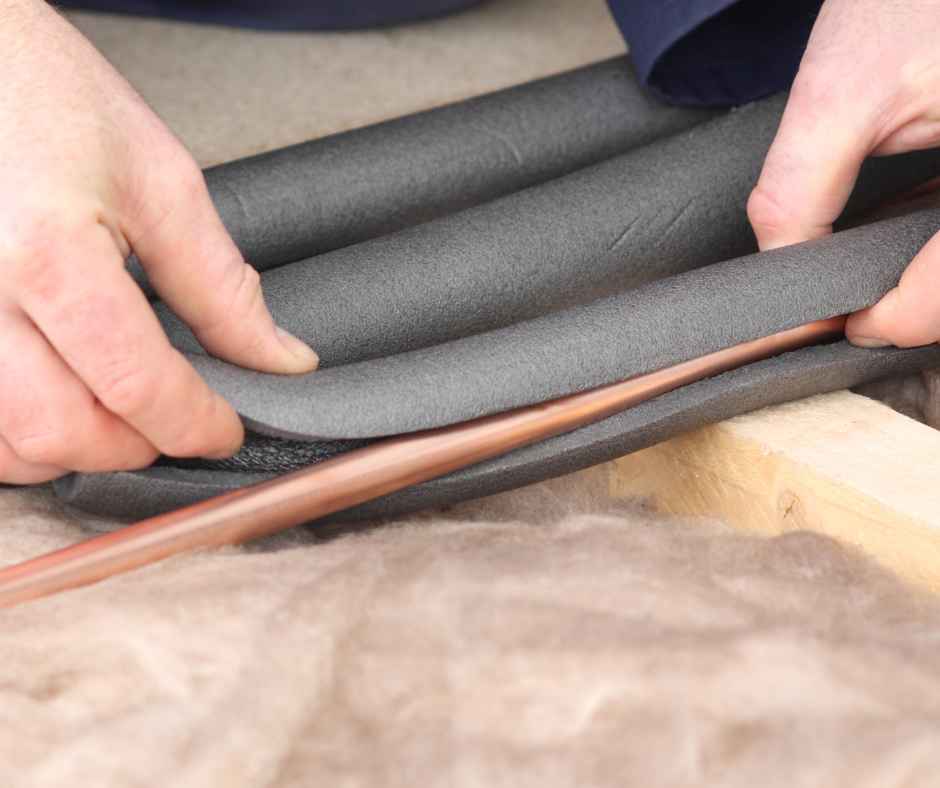
How Charlotte NC Residents Can Protect Their Homes From Winter Pipe Damage
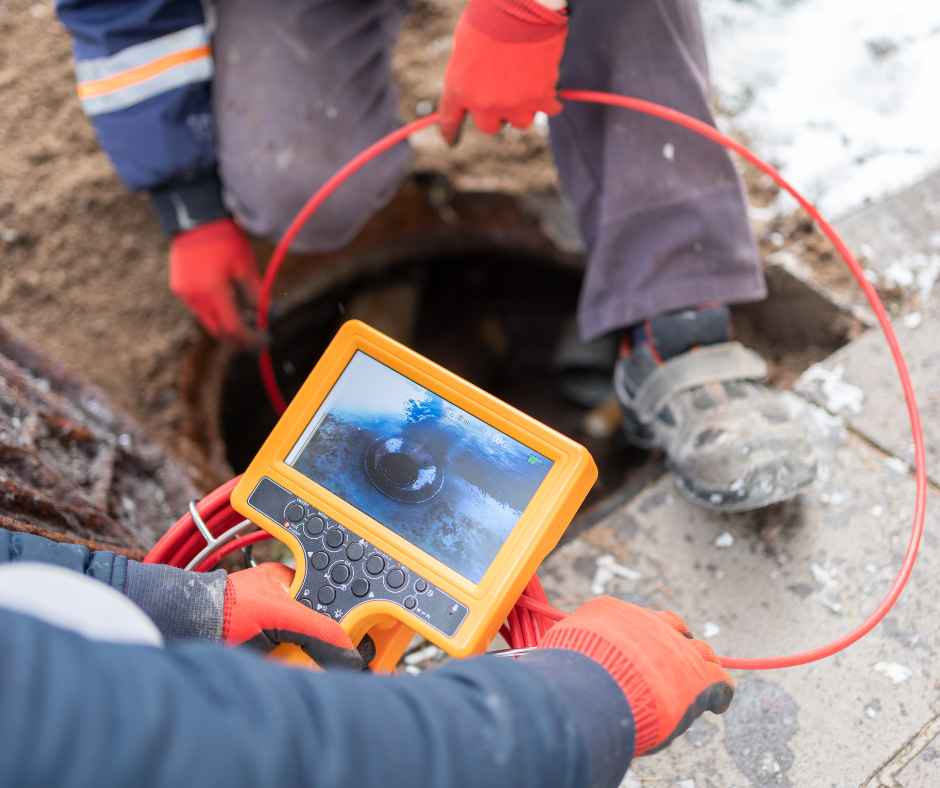
How to Recognize a Sewer Line Problem Before It Damages Your Home

Top Plumbing Issues Rock Hill Homeowners Face in the Fall (and How to Prevent Them)
Have a Question?
